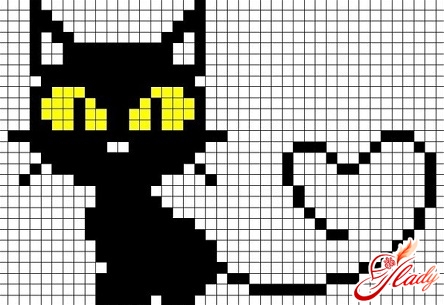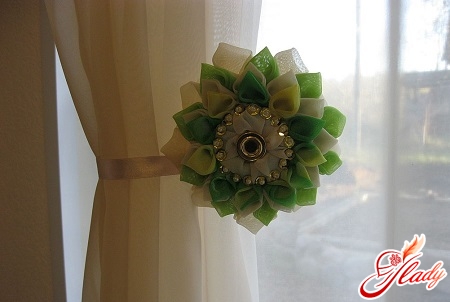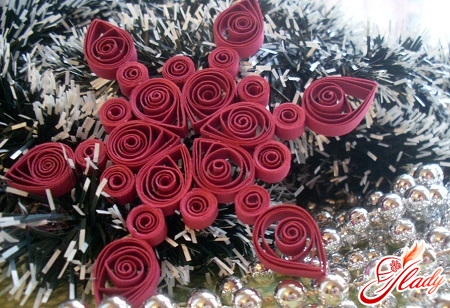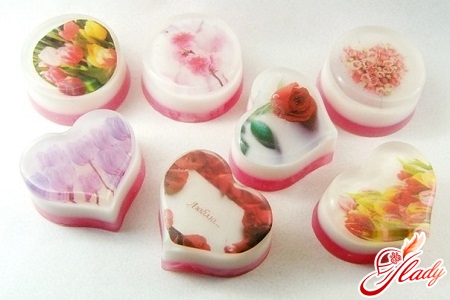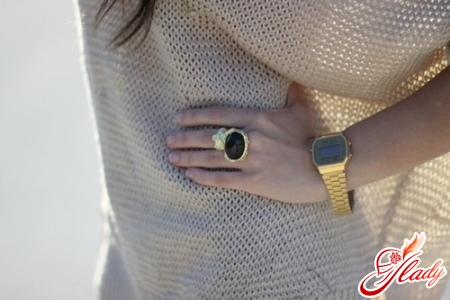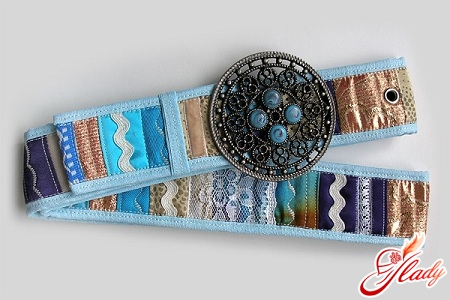 Crazy patchwork is a rather strange name forpatchwork technique. After all, what does “crazy” mean? Crazy, nuts, mad. However, in this technique, everything is done wisely, though without observing precise rules, proportions and geometry (unlike traditional patchwork). By the way, the “crazy” technique is patchwork sewing, which not only assumes free forms, but also has an abundance of additional decorative fittings. What kind of technique is this, how did it appear and what is its madness? Let's find out in more detail.
Crazy patchwork is a rather strange name forpatchwork technique. After all, what does “crazy” mean? Crazy, nuts, mad. However, in this technique, everything is done wisely, though without observing precise rules, proportions and geometry (unlike traditional patchwork). By the way, the “crazy” technique is patchwork sewing, which not only assumes free forms, but also has an abundance of additional decorative fittings. What kind of technique is this, how did it appear and what is its madness? Let's find out in more detail.
The history of the "crazy shred"
Patchwork as such appeared in England,from where it first migrated successfully to the New World and gradually won fans all over the world. It is believed that crazy patchwork arose simultaneously with traditional patchwork, although its tasks were completely different. Regular patchwork was a way to economically use expensive fabrics, that is, an opportunity to create quite practical and useful products from its remains. Crazy patchwork served for beauty. Perhaps this is why it got its ambiguous name - those who wasted expensive textiles without deriving any benefit from it were considered crazy. But this is just an assumption. Let's move on, namely - from the West to the East. Patchwork flourished in Japan, completely isolated from European traditions. There, as is known, silk was also in demand, and kimonos made from it were incredibly expensive, carefully preserved and passed down by inheritance. Japanese patchwork had both a utilitarian and symbolic purpose. For example, a garment given for a significant anniversary (77 or 88 years) was sewn from the same number of scraps. In short, modern crazy patchwork has combined Western and Eastern traditions and turned into a special kind of decorative and applied art and a popular and fashionable handicraft. Today, craftswomen use this technique to make exclusive clothing, accessories, interior textiles and, it must be said, are quite successful in this.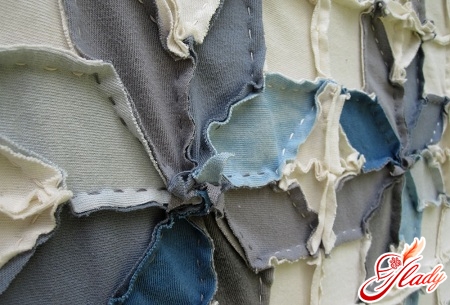
Materials and equipment
How is "crazy" patchwork different fromusual? As a rule, a product made using the traditional technique is considered almost ready as soon as the patches are folded into a pattern and sewn together. Crazy patchwork is a special sewing. Here, the sewn patches do not mean the work is finished. On the contrary, the main stage of creativity is just beginning. And this method of patchwork sewing differs not only in the additional set of materials, but also in the technique itself. For example, unlike traditional patchwork, in the crazy technique the main seams are masked by decorative (embroidered) ones: goat, chain or houndstooth. In addition, decorative seams are necessarily combined with lace, which is considered an integral element of crazy patchwork, as well as with ribbons, braid, openwork hand knitwear, appliques and decorative fittings: beads, beads, buttons. And also for decorating the products, ribbon embroidery is used, and this is a combination of two different types of needlework, as well as when masking seams. As a result, patchwork fabrics are obtained that are not just bright and colorful, but also unusually elegant, sometimes voluminous, amazingly beautiful and, what is important, unique. This is where the “madness” lies – in deviation from the rules, in the riot of fantasy, in the unpredictability of the result. But, what is interesting is that an exclusive masterpiece is obtained from very prosaic materials and with the help of ordinary tailoring tools:
- flap cloth of all sizes, colors and textures;
- scissors and threads;
- needles and pins;
- an iron and a sewing machine;
- Threads and ribbons for embroidery;
- decorative accessories.
Most often, the crazy patchwork fabric is collectedon a base - a single piece of fabric of a certain size, onto which different patches are sewn. In this case, the fabric is multi-layered and voluminous. But often experienced craftswomen cut out and assemble the base itself from separate large elements. And very experienced patchworkers are able to assemble and sew the entire patchwork fabric from small patches of irregular shape. How do they do it?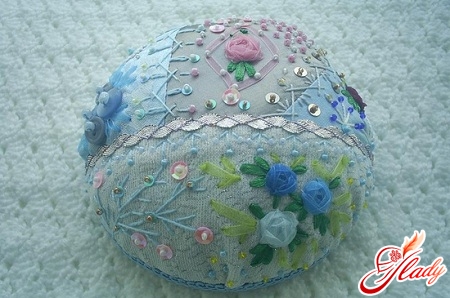
Secrets of cutting fabrics
If you are just starting to master crazypatchwork, it is advisable to work with a base, with geometric-shaped scraps (triangles, diamonds, squares) and with fabrics of the same density. In this case, the most “irregular” scrap is placed in the center of the base, secured with pins and sewn along the edges. The next scrap is applied to the first and also sewn (the excess is cut off with scissors). And thus the entire patchwork fabric is assembled, which is then decorated. If you have risked “trying” on the technique used by experienced craftswomen, then you need to cut the fabric in a special way. First, you need to select contrasting fabrics and combine plain material with patterned material. Then you need to cut out multi-colored squares and fold them in two cuts with the right side up: the wrong side of the upper piece is placed on the face of the lower piece. Then you draw two longitudinal waves on the top piece (from the top edge to the bottom), which will divide the workpiece into three arbitrary figures. Then you make lines along this contour, sewing both pieces together (one lies on top of the other). Then you cut out the middle figure from the top piece, stepping back a couple of millimeters from the seam. Turn over the sewn pieces and cut out two outer figures from the second piece, also stepping back two millimeters from the seams. As a result, you get a single-layer canvas of two fabrics and three patches with uneven edges. You do the same with two pieces of other fabrics, sewing another patchwork canvas consisting of three figures. Decorate the seams with tape. The next step is to place one of the remaining pieces of fabric on the sewn fabric (both the blank and the piece of fabric are face up, the even edges are aligned) and stitch it along the uneven edge. Turn it over and cut off the excess fabric from the inside, in place of which the sewn piece of fabric has already “stood”. Do the same with the second piece of fabric. By sewing different pieces of fabric in this way one by one, you get a single-layer crazy fabric consisting of pieces of random shape. Well, then decorate it to your taste. And you can use the finished fabrics as blocks for sewing pillows or a large patchwork bedspread (however, the edges of such assembled fabrics will have to be trimmed in this case). Or make a pattern for a bag, a cosmetic bag, a book cover or even clothes from your crazy blanks. It's up to you and whatever you want. Just don't forget about neatness, the need to iron the seams and a sense of proportion, which is necessary even in crazy patchwork sewing. Creative success and good mood to you! We recommend reading:




